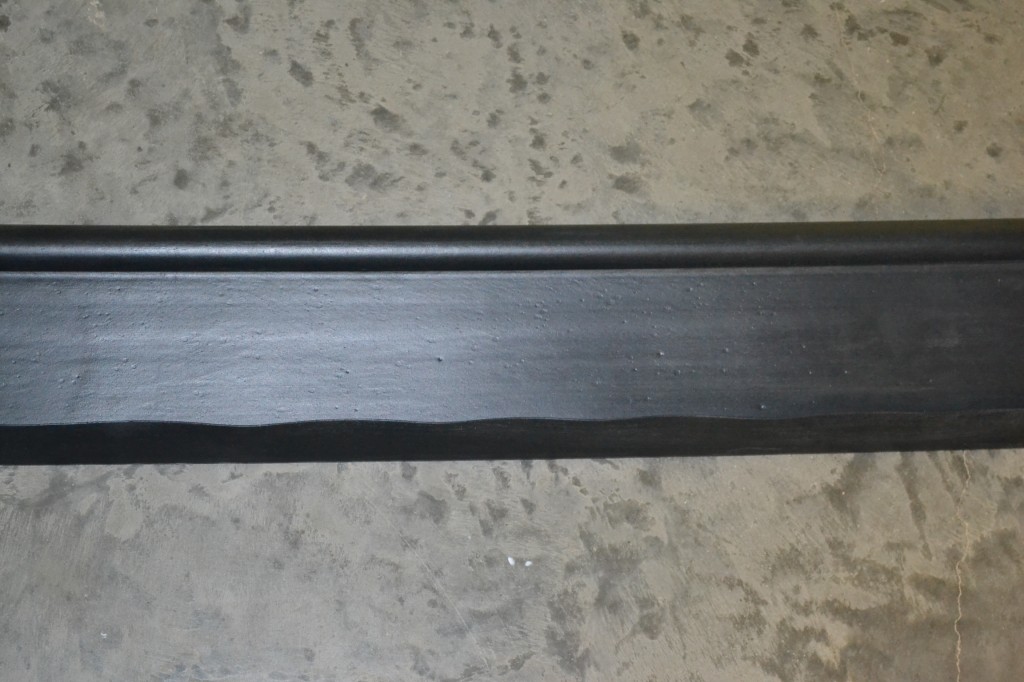A landscape bed should include edging, rock or mulch and plants. Once you have determined your budget and where your point of focus should be, you can now start developing a plan for a renovation. Make a list of all the materials that you selected for the project. Start by listing the type of edging, the type of cover (mulch or rock), how big of area you have to plant in, ect. Each item you include on your list needs a quantity, size or length.
Landscape bed installation ideas.
- When measuring edging for your project, measure the edge of your landscape bed in linear feet. Measuring can be accomplished with tape measure but preferably a measuring wheel for a more accurate measurement. Always include an additional five or ten feet of product in your calculations to compensate for mistakes or changes in the project.
Mulch or Rock
- Measuring for rock or mulch is pretty easy. Measure the length of your landscape bed by the width of your bed. This measurement will be a rough estimate of the product that your bed will need. Always round up when calculating a product, because most of the time you can return the left over product to the vendor. It is always better to have a little product left over than not enough. Once you have determined the square foot of the bed, determine the depth of the product that you are going to install. Most new rock applications tend to be 2”-3” deep and most mulch applications tend to be 3”-4” deep. If you are unsure how to calculate the amount of product that you need, search online for mulch or rock calculator. You can input your numbers into the program and it will tell you the cubic yards of product that you need based on your measurements.
Plants
- Once you determine the size of your landscape bed, you can now determine what plants to purchase. Most landscapes have a variety of shrubs, evergreens, perennials or ornamental trees. You want to be careful about planting too many of the same plant species in your landscape. If your entire bed contains one plant species and it develops a fungus or is attacked by an insect it may wipe the entire landscape out. When selecting plants, choose plants that will grow in your soil type, plants that will not outgrow their planting area, plants that do well with the amount of sun exposure they have and plants that are suited for your zone. Diversity is the key to keeping year round color and highlighting multiple focal points in your landscape beds.

